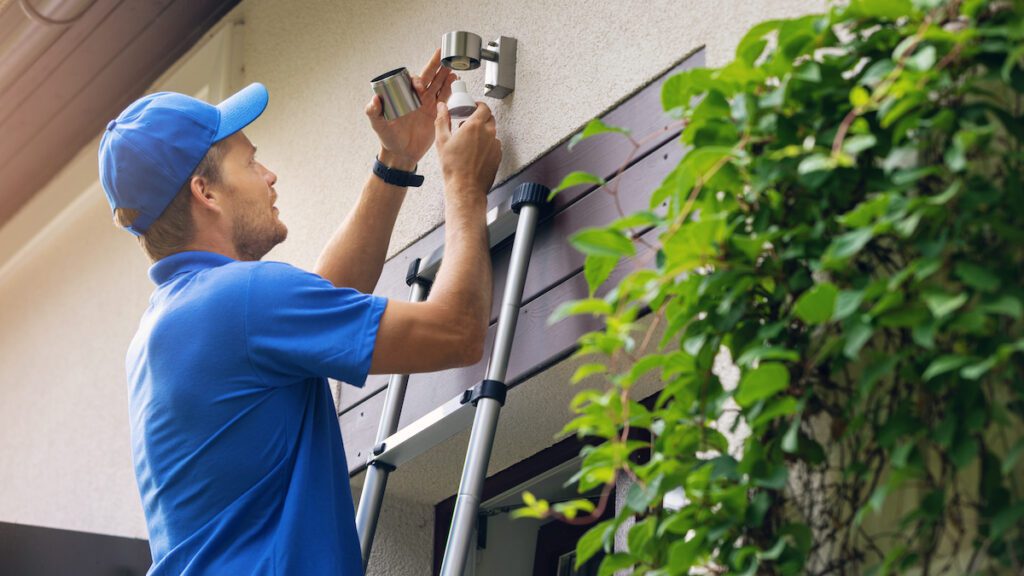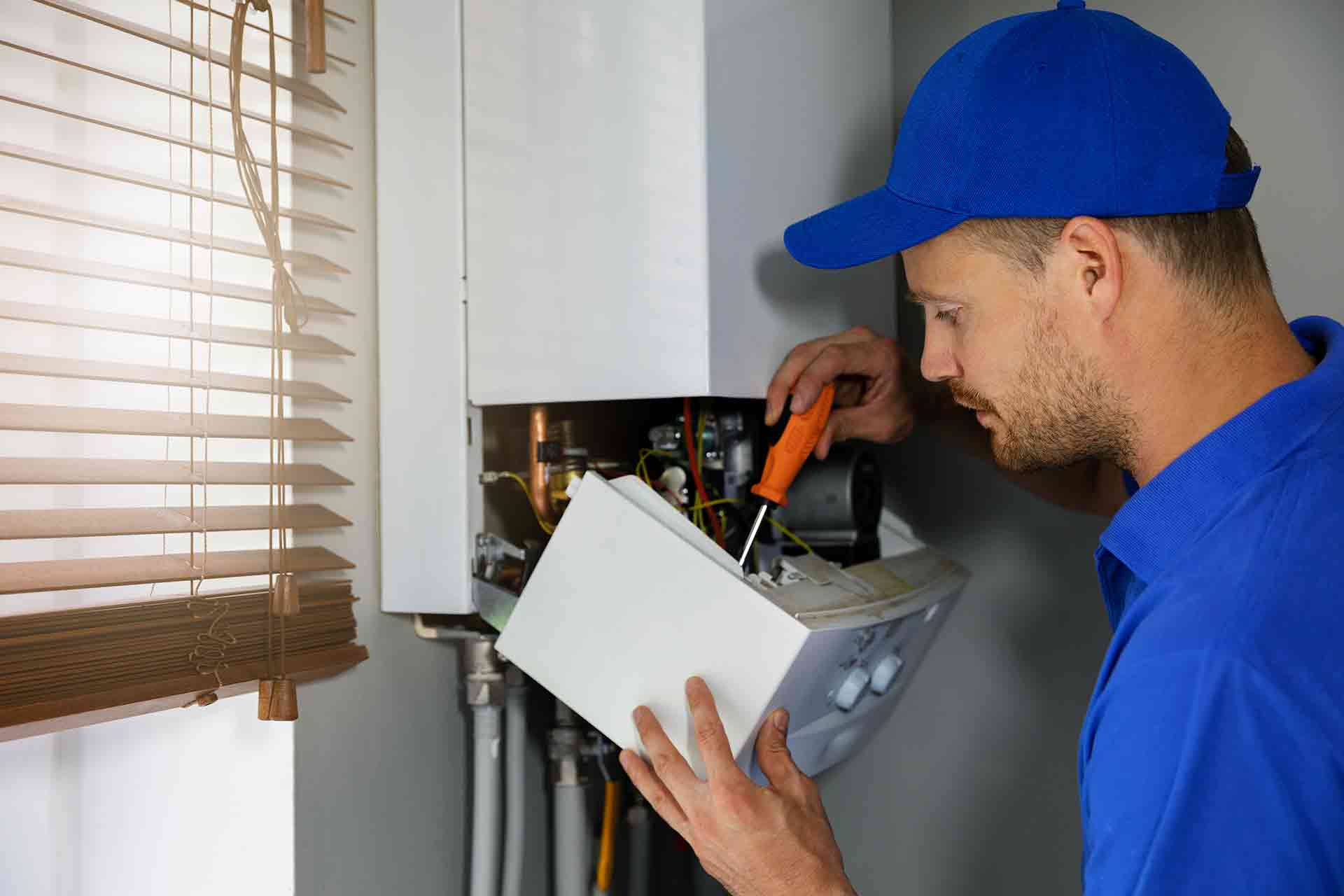Dealing with Plumbing Issues in Rental Properties: A Guide
Dealing with Plumbing Issues in Rental Properties: A Guide
Blog Article
What're your opinions about How can you handle tenant plumbing issues effectively?

Handling pipes issues in rental residential properties efficiently is vital for maintaining occupant contentment and maintaining the building's worth. Whether you're a property owner or a home manager, understanding how to address these common troubles can conserve you money and time while guaranteeing compliance with legal duties. Below's a detailed guide on how to handle pipes problems in rental residential properties.
File Whatever
Keep detailed documents of all reported pipes issues and the activities required to fix them. Documentation needs to consist of dates, descriptions of the trouble, communication with tenants, and invoices from specialists or plumbings. This information can be critical for insurance coverage claims, tax reductions, and lawful defense.
Use Qualified Professionals
Constantly make use of accredited and insured professionals for substantial plumbing repairs and setups. This guarantees that the job is up to code and can aid prevent liability problems in case of accidents or more damage. It additionally guarantees tenants that repair services are being dealt with properly.
Establish Clear Interaction
Encourage lessees to report any pipes issues as quickly as they occur. Supply multiple communication channels such as phone, email, or a lessee portal to make it very easy for them to reach out. Trigger feedbacks to these reports can protect against minor issues from rising into significant troubles.
Educate Occupants
Educate your renters concerning what constitutes a plumbing emergency situation and what does not. Provide guidelines on just how to handle minor concerns themselves, such as making use of a plunger to unblock a commode. Also, notify them concerning what they should prevent taking down drains pipes to prevent blockages, such as oil, coffee premises, and non-biodegradable items.
Regular Maintenance
Carry out a regular maintenance schedule for all plumbing systems in your leasing properties. Regular checks can assist determine and settle issues like leaks, slow drains pipes, or rusty pipelines prior to they become serious. Think about employing an expert plumbing professional to inspect the residential or commercial properties yearly or semi-annually.
Quick Action to Emergency Situations
Have a strategy in position for reacting to pipes emergency situations. This must consist of having the call details of trusted pipes services that provide 24/7 emergency repair work. Quick action is necessary to reduce damage in situations like burst pipes or severe leakages.
Preventive Upgrades
Take into consideration updating older pipes systems and components to much more contemporary, efficient models. This can reduce the regularity and extent of pipes problems and reduced long-lasting maintenance costs. It's also a marketing factor for prospective renters who value upgrades and modern attributes.
Lessee Move-Out Inspections
Conduct complete pipes checks during move-out inspections to make certain that any kind of problems are identified and addressed prior to a brand-new renter moves in. This avoids disagreements with new renters over pre-existing conditions and makes sure the residential property is in top condition.
Understand Legal Responsibilities
Know your lawful responsibilities relating to pipes and basic property maintenance. The majority of jurisdictions need proprietors to ensure their residential properties are habitable and that all plumbing systems are in good working order. Failing to address major problems promptly can result in lawsuits from renters.
Occupant Reimbursements
If a plumbing concern calls for immediate focus and the lessee solves the problem on their own, have a clear policy in position for repaying expenses. Make sure renters know they should get previous approval for higher-cost repairs unless it's an outright emergency.
Conclusion
Taking care of pipes issues in rental homes requires a proactive approach and excellent communication with tenants. By remaining on top of maintenance, reacting immediately to emergencies, and making use of competent professionals, proprietors can keep their properties in exceptional condition and keep great partnerships with occupants.
How to Handle Water Damage in a Rental Property
What is Water Damage?
Water damage is harm or destruction caused by water entering areas where it is not supposed to be. It can be caused by a variety of sources and can manifest in different ways. The most common examples of water damage include:
Leaking roof Plumbing leaks Appliance malfunctions Poor drainage Flooding Sewage backup Condensation Tenant negligence HVAC system issues Frozen pipes Is water damage dangerous?
Water damage itself is not inherently dangerous, but it can lead to various hazards and health risks if not promptly and properly addressed. The severity of these risks depends on the extent of the water damage, the source of the water, and how quickly it is mitigated.
Some potential dangers associated with water damage include structural damage, mold and bacterial growth, electrical hazards, water contamination, and pest infestations. In situations where mold and mildew have gone unaddressed, mold can start to develop within 24-48 hours of water exposure, and this can impose a serious health risk to tenants. In particular, mold spores and damp conditions can lead to respiratory issues and even make existing health problems worse, such as allergies, asthma, or immune disorders.
Water Damage in an Apartment - Who is Responsible?
If the water damage is caused by the tenant’s negligence, the tenant is responsible for the cost of repairs. If the water damage is caused by a defect in the property, the landlord is responsible for the cost of repairs. If the water damage is a result of natural causes, such as excessive rain, then the landlord is responsible, since the water intrusion likely occurred due to a defect in the property. Landlord Responsibility water damage in rental property
Since maintaining habitability is the landlord’s legal responsibility, landlords are responsible for any resulting structural damage caused by water damage. These structural damages may include damage to walls, roofs, ceilings, and flooring. If water damage has affected the rental property’s original structure, the landlord is responsible for repairing or replacing those materials. Therefore, landlords should have property insurance that covers the structural components of their rental property so that they can receive help with the costs of covered events.
Preventative measures can also help landlords avoid massive renovations. Preventative maintenance may include conducting regular inspections to identify and address potential water damage before it becomes a major and urgent problem.
If a landlord fails to meet their responsibilities regarding water damage, it can lead to legal disputes and potential liability. Tenants who believe their landlord is not addressing water damage issues in accordance with California law can seek legal advice or contact local housing authorities for assistance.
https://www.goodlifemgmt.com/blog/water-damage-in-a-rental-property/

I recently found that entry on when scouting around the search engines. For those who enjoyed reading our blog post kindly do not forget to share it. Many thanks for taking the time to read it.
Report this page